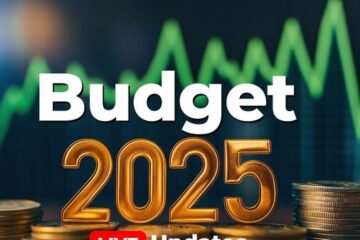
Last week my son brought home a letter from the head of his comprehensive, outlining the curriculum reorganisation it is pushing through because the school has run out of money. Administration staff have already been made redundant, and teaching posts are under threat. If the current government is re-elected the funding squeeze will continue, the Institute for Fiscal Studies confirmed this week, with a real-terms cut in spending per pupil of 2.8% in the next year. The workload of the remaining staff will shoot up, and the curriculum offered will narrow. My son will get a measurably worse education, and those with special needs will face an even greater struggle.
Coincidentally, someone I know just lost her job as a counsellor in a local primary, meaning vulnerable young people from a deprived area have been cut off from a resource that was making a positive impact on their lives.
When you’re so close to these decisions, and can feel and see their effects up close, it’s easy to feel angry. But this isn’t just special pleading for my son’s school or my friend’s job: study after study shows that education cuts make no sense. Education offers good value because it saves governments money in other areas, and in the future.
Policymakers across the world understand that spending on schools increases productivity and earnings. But it can also improve a population’s health. A report by the OECD in 2006 concluded that better education leads to healthier lifestyles and more positive life choices. Importantly, the report found that the effect was causal: it wasn’t just that healthier people were better able to access education, but that education made people more healthy. Last year, a study in Australiafound “a strong crime-reducing effect of education”, which again was causal.
Every pound a government invests in education is pounds upon pounds it won’t have to spend later on hospitals, welfare and criminal justice. Education is the spring from which the whole economy drinks and grows, and 20 years after Tony Blair turned “education, education, education” into a mantra, with school budgets protected from austerity measures throughout David Cameron’s six years as prime minister, it seemed that a consensus had been reached: investment in teaching and learning was basic good governance. Yet under Theresa May’s premiership, this evidence-based truth seems to have been junked.
The current government argues that it is putting record amounts of money into the education system, and that its proposed new school funding formula will level the per-pupil funding playing field. Yet, while fairness in funding is an admirable aim, the truth behind these headlines is that inflationary pressures, unfunded increases in national insurance contributions and the national living wage are forcing headteachers across the country to make cuts.
Perhaps the greatest educational success story of the past 20 years has been the extraordinary turnaround of schools in deprived areas of London, which are now some of the best in the country. The schools minister, Nick Gibb, and others have highlighted what they call the unfairness of London schools getting more money per pupil than schools elsewhere. However, London has shown what can be achieved when we invest in children, and real fairness would be for the Treasury to give the Department for Education the 1% rise required to lift all schools’ funding up to London levels.
Teachers such as me have our marking checked by our bosses and are rightly required to defend our methods to inspectors. All I ask is that the government commits to doing the same. Strangling investment in our future workforce is provably bad policy and false economy. To put it in language every student understands: the plans desperately need revision. Education keeps people off welfare, out of hospital and away from prison, and these cuts would be a very expensive mistake.
[“source-ndtv”]

